A stroke is a serious medical emergency. It's essential to seek medical help immediately. Getting prompt emergency assistance can minimize potential brain damage and complications associated with a stroke.
It is a loss of neurological function caused by a sudden interruption of continuous blood supply to the brain. Blood flow can be disrupted by a blockage, which causes ischemic stroke, or with bleeding in the brain, which causes hemorrhagic stroke, which is more fatal. Ischemic stroke accounts for the majority of strokes. Strokes frequently strike without warning, and the consequences may be catastrophic. Normal blood flow and oxygen to the brain must be restored as quickly as possible. The afflicted brain cells are either injured or die within minutes of being deprived of oxygen and essential nutrients. When brain cells die, they usually do not recover, causing severe damage that can lead to physical, cognitive, and mental problems.
The signs and symptoms of a stroke can vary depending on the type of stroke and the area of the brain affected. It's important to recognize the common signs of a stroke and seek emergency medical attention if any of these symptoms occur suddenly. The acronym "FAST" is often used as a mnemonic to remember the signs of a stroke:
Face Drooping: One side of the face may droop or feel numb. Ask the person to smile, and check if the smile is uneven.
Arm Weakness: One arm may be weak or difficult to move. Ask the person to raise both arms and observe if one arm drifts downward.
Speech Difficulty: Speech may be slurred or difficult to understand. Ask the person to repeat a simple sentence and check for any speech abnormalities.
Time to Call Emergency Services: If you observe any of these signs, it's crucial to call emergency services immediately. Time is of the essence in stroke treatment.
The diagnostic evaluation for a suspected stroke typically involves various tests and imaging studies to determine the type of stroke, its cause, and the extent of brain damage. Common diagnostic tests for stroke include:
Hemorrhagic Stroke: Emergency treatment for a hemorrhagic stroke focuses on managing bleeding and alleviating brain pressure from excess fluid. Here's how it's typically approached:
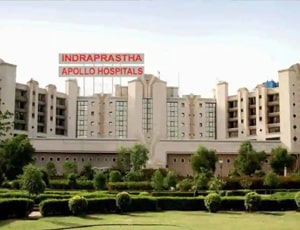
Delhi, India
Equipped with more than 50 specialty institutes, Indraprastha Apollo was started with the vision of ...more
![]() Private Driver / Limousine Services
Private Driver / Limousine Services
![]() International Cuisine
International Cuisine
![]() Phone in Room
Phone in Room
![]() Online Doctor Consultation
Online Doctor Consultation
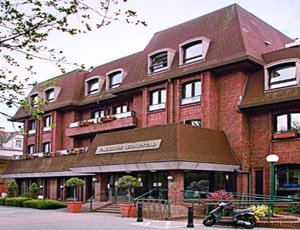
London, United Kingdom
History Parkside Hospital based in London is currently owned by Aspen Healthcare. Aspen Healthcare ...more
![]() Airport Transfer
Airport Transfer
![]() Choice of Meals
Choice of Meals
![]() Interpreter
Interpreter
![]() SIM
SIM
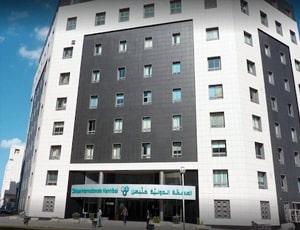
Tunis, Tunisia
History Opened with the commitment of Quality services, Highest quality care, Respect for your priv...more
![]() Airport Transfer
Airport Transfer
![]() Choice of Meals
Choice of Meals
![]() Interpreter
Interpreter
![]() SIM
SIM
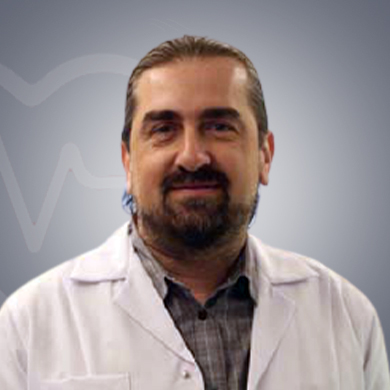
Neurologist
Istanbul, Turkey
12 of experience
USD 175 for video consultation
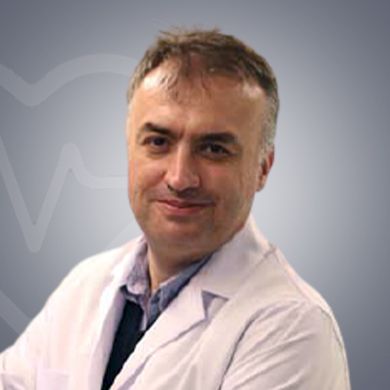
Neurologist
Istanbul, Turkey
18 of experience
USD 280 for video consultation
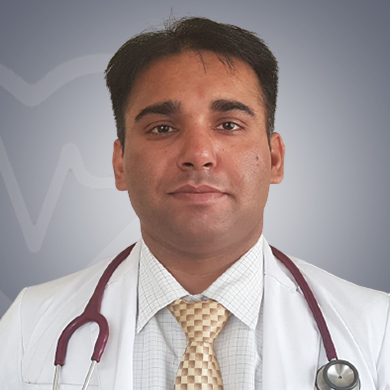
Neurologist
Ghaziabad, India
16 Years of experience
USD 32 for video consultation

Neurologist
Noida, India
20 Years of experience
USD 30 for video consultation